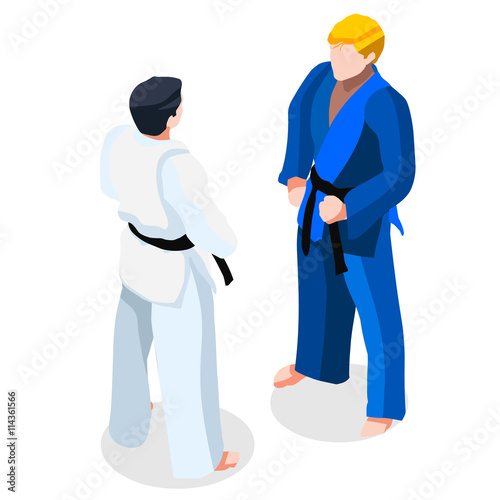The Worldwide Background And Change Of Martial Arts
The Worldwide Background And Change Of Martial Arts
Blog Article
Web Content By-Chu Graham
Martial arts have a fascinating background that covers centuries and continents. You might find it fascinating how ancient practices like Shuai Jiao and Kalaripayattu prepared for contemporary fight methods. These disciplines not just highlight physical abilities but additionally reflect the cultures that birthed them. As you discover their development, consider just how globalization has changed these traditional types right into crossbreed styles. What impacts do you believe have shaped today's martial arts landscape?
Ancient Martial arts: The Foundations of Combat
As you look into the globe of ancient martial arts, you'll uncover the abundant foundations that shaped battle strategies across societies. Early practices concentrated on Self-Defense and survival, commonly including strikes, grappling, and weapons.
In ancient China, for example, strategies like Shuai Jiao emphasized throws and joint locks, while India's Kalaripayattu showcased agility and liquid motion. Japanese samurai developed Kenjutsu, a polished swordsmanship that highlighted self-control and technique.
These martial arts offered not just for battle however also as a way of personal growth, instilling worths like regard and perseverance. The mixing of these techniques in time prepared for the diverse martial arts you see today, each mirroring the one-of-a-kind ideologies and requirements of its society.
The Social Influence on Martial Arts Advancement
While martial arts usually mirror the functional requirements of a society, they likewise symbolize the social worths and beliefs of their beginnings. When you check out different martial arts, you'll notice how they're influenced by religion, viewpoint, and social norms.
As an example, the focus on respect and technique in Japanese martial arts originates from Zen Buddhism and samurai culture. In contrast, Brazilian Jiu-Jitsu promotes adaptability and approach, formed by the demand for efficiency in a varied, multicultural environment.
You could find that the routines, uniforms, and training techniques reflect a neighborhood's history and identification. By recognizing these cultural impacts, you deepen your gratitude of martial arts and their role in shaping human experiences across the globe.
Modern Adaptations and the Globalization of Martial arts
Martial arts have changed considerably in recent years, adjusting to contemporary society and international impacts. visit the following web site 'll observe that conventional forms have blended with modern strategies, producing hybrid styles like MMA. These adjustments cater to varied target markets, making martial arts available and attractive worldwide.
With the increase of social media and electronic platforms, you can find tutorials and competitors from all corners of the world, breaking geographical obstacles. should a kids martial arts defense class demonstrate rape preventiom has actually caused a shared recognition for numerous techniques, from Brazilian Jiu-Jitsu to Taekwondo.
As japanese martial arts styles involve with these arts, you'll understand they're not just about combat; they promote fitness, technique, and mental health.
Eventually, contemporary adaptations have enriched the martial arts landscape, making it a vibrant and progressing method.
Final thought
In checking out the background and development of martial arts, you reveal an interesting blend of techniques, cultures, and ideologies. From which martial arts should i learn like Shuai Jiao and Kalaripayattu to the modern versatility seen in MMA, martial arts reflect humanity's mission for Self-Defense and personal growth. As you involve with these techniques, you not only gain skills however likewise a much deeper admiration for the varied traditions that shape our world today. So, proceed your journey and embrace the art of combat!
